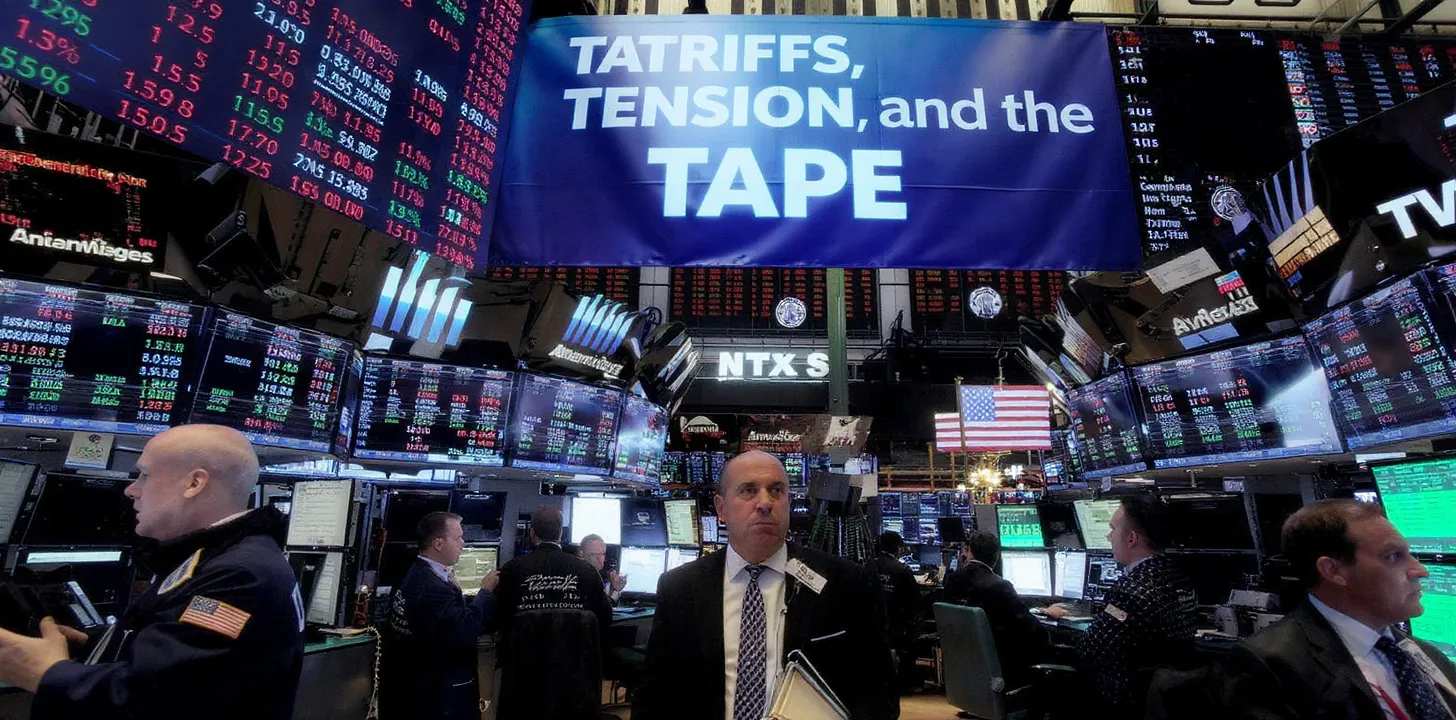Detecting Bullish Market Shifts Using Liquidity Patterns
Introduction: The Significance of Liquidity in Market Structure
Liquidity is the lifeblood of financial markets. It reflects the ability of assets to be bought or sold without causing drastic price changes. Understanding liquidity patterns can uncover the hidden intentions of institutional players and offer early signals of a bullish shift in market structure. For traders and investors, these shifts can mean the difference between capturing a trend early or reacting late.
1. The Anatomy of Bullish Liquidity Shifts
Before a bullish trend takes off, smart money begins to absorb supply at key demand zones. These zones are not random—they’re visible on charts as areas of high traded volume with minimal price progression, often just above key support levels. These zones act like springboards, as institutional orders get filled while the market remains in equilibrium.
Key Concepts:
- Liquidity Pools: Clusters of stop-losses or pending buy orders below swing lows.
- Order Blocks: Areas where institutional orders are likely placed, often causing a sharp reversal afterward.
- Displacement: A strong move away from a liquidity zone signaling smart money intention.
2. Accumulation Phase: The Quiet Before the Bull
Markets don’t transition to bullishness in one giant leap. They do so in phases. The accumulation phase is the first signal—a time when price consolidates and liquidity builds.
Bullish Accumulation Signs:
- Wick Rejections near prior swing lows, showing failed bearish attempts.
- Price Compression toward resistance with higher lows (bullish pressure building).
- Volume Divergence where price makes equal lows but volume declines—sellers are exhausted.
In this phase, the market quietly absorbs sell-side liquidity (from panic sellers, stop losses, etc.) before moving up. These patterns suggest smart money accumulation.
3. Breaker Blocks and Imbalance Zones
A critical bullish liquidity signal is the appearance of breaker blocks—former support zones that turned resistance and are broken with force, then retested.
Imbalance Zones:
When price rallies too quickly, it creates an inefficiency or imbalance in the order book. These often act as magnets for price to revisit before continuing higher. Their presence suggests urgency from buyers—another sign of shifting market sentiment.
4. The Role of Liquidity Voids in Bull Runs
A liquidity void is a low-volume area on the chart, where price moved swiftly due to a lack of opposing orders. Once revisited, these voids act as support zones, especially if they coincide with:
- Fibonacci retracement levels (e.g., 61.8%)
- Prior consolidation or base-building areas
Their defense during pullbacks confirms bullish control.
5. Using Stop Runs as Springboards
A classic bullish setup involves a stop run beneath a key support, followed by a sharp reversal. These are not accidents—they’re liquidity grabs engineered by institutions.
Watch for:
- Sweep of previous lows
- Swift bullish engulfing candle
- Spike in volume confirming the shift in control
These setups often precede parabolic runs if followed by strong continuation candles.
6. Live Example: Bullish Shift in Tech Stocks (e.g., 2023)
In late 2022, many tech stocks showed massive stop runs below year-long lows. Liquidity was absorbed, price formed tight ranges, and then broke out in early 2023, with Apple, Nvidia, and others rallying double digits.
Pattern Observed:
- Sweep of major lows
- Compression below resistance
- Break and retest of order blocks
This sequence is a textbook bullish liquidity shift.
7. Final Thoughts: Positioning for Bullish Opportunities
Bullish liquidity patterns reward anticipation over reaction. By studying how price interacts with liquidity pockets, order blocks, and imbalance zones, traders can align with institutional flows.
Checklist for Bullish Liquidity Shift:
- Sweep of lows and reclaim
- Breaker block formed and retested
- Volume spike on breakout
- Imbalance zones acting as support
Markets are engineered around liquidity. Mastering this lens gives you the edge in detecting bullish transitions before the herd.



